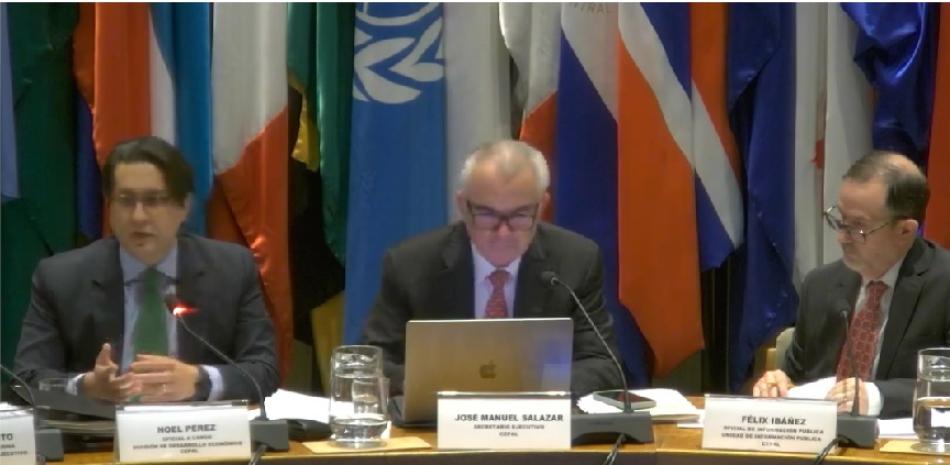Banxico Cuts Interest Rate: What It Means for Your Wallet and the Mexican Economy

In a surprising move that has sent ripples through the Mexican financial landscape, Banco de México (Banxico) has announced a reduction in the benchmark interest rate. The decision, lowering the rate to 7.75%, promises both opportunities and challenges for Mexican consumers and businesses. This article dives deep into the implications of this change, exploring how it will impact everything from your savings accounts to the cost of borrowing, and what it means for the overall health of the Mexican economy.
Understanding Banxico's Decision
Banxico's primary mandate is to maintain price stability, and the decision to cut the interest rate wasn't taken lightly. Inflation, while still above the target range, has shown signs of cooling off in recent months. Factors like easing global commodity prices and a more stable peso have contributed to this trend. The central bank believes that a lower interest rate can help stimulate economic activity without jeopardizing its inflation goals.
Impact on Savers: A Shrinking Return
For those who rely on savings accounts and fixed-income investments, the news isn't necessarily positive. Lower interest rates translate to lower returns on savings. Banks are likely to adjust their interest rates on savings accounts accordingly, meaning your money won’t grow as quickly. This is particularly relevant for retirees and those who depend on investment income.
Borrowers Rejoice? The Cost of Credit Declines
On the other hand, borrowers can expect to see some relief. Lower interest rates typically lead to lower borrowing costs for mortgages, auto loans, and credit cards. This can make it more affordable to purchase a home, a car, or finance other expenses. However, it's crucial to remember that this benefit isn't guaranteed – banks might not immediately pass on the full rate cut to consumers.
The Real Estate Market: A Potential Boost
The real estate sector is expected to be one of the biggest beneficiaries of this rate cut. Lower mortgage rates make homeownership more accessible, potentially driving up demand and supporting house price growth. However, it's important to consider other factors influencing the housing market, such as supply and affordability.
Business Investment and Economic Growth
Lower borrowing costs encourage businesses to invest in expansion, new projects, and hiring. This increased investment can stimulate economic growth and create jobs. Banxico hopes this rate cut will provide a much-needed boost to the Mexican economy, which has been facing headwinds in recent years.
Potential Risks and Considerations
While the rate cut offers numerous advantages, it's not without its risks. A too-aggressive easing of monetary policy could potentially reignite inflationary pressures. Furthermore, a weaker peso could offset some of the benefits of lower interest rates. Banxico will be closely monitoring economic data and inflation trends to ensure the rate cut doesn't lead to unintended consequences.
What to Do Now?
Here's a quick guide on how to navigate this changing financial landscape:
- Review your savings and investment strategy: Consider diversifying your portfolio to mitigate the impact of lower interest rates.
- Shop around for the best rates: Don't settle for the first rate offered by your bank. Compare rates from different lenders.
- If you're planning to borrow, now might be a good time: Take advantage of lower interest rates to secure financing.
- Stay informed: Keep an eye on economic news and Banxico's announcements.
The decision by Banxico to cut the interest rate is a significant development that will impact Mexican finances in various ways. By understanding the potential opportunities and risks, individuals and businesses can make informed decisions to navigate this evolving economic environment.





